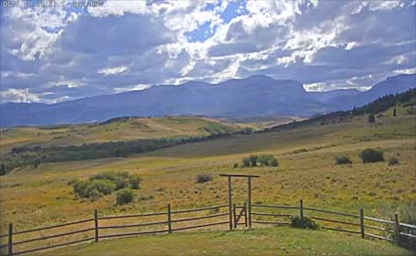
Boone and Crockett Club's Theodore Roosevelt Memorial Ranch
Where the eastern slopes of the Rocky Mountains meet the plains

Where the eastern slopes of the Rocky Mountains meet the plains
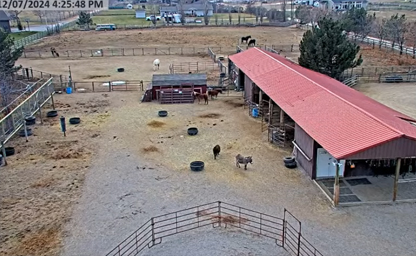
It is part of the Missoula metropolitan area
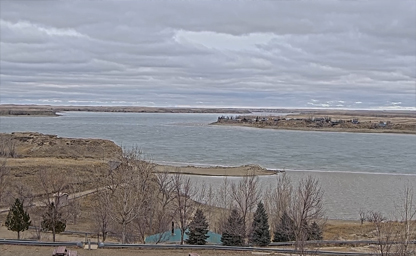
Situated at the Fresno Walleyes Campground on the Southeast end of Fresno Reservoir
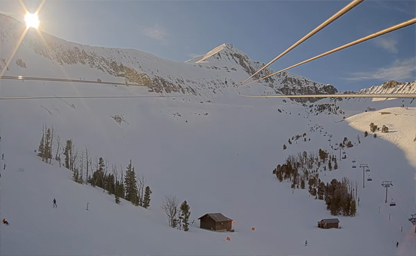
Start at Cowpoke and Explorer parks to warm up or build skills
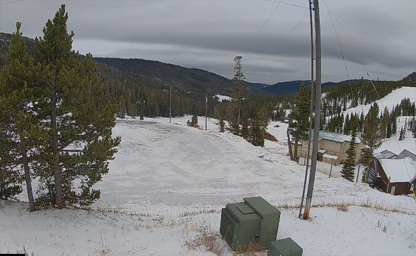
8,200 foot summit provides access to excellent tree skiing
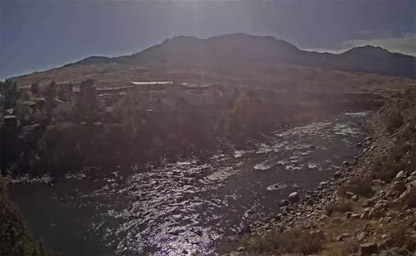
Located on the banks of the Yellowstone River
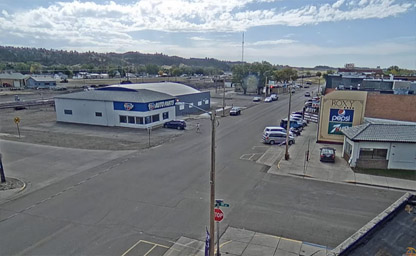
A casual walk down Main Street will lead you to our downtown area
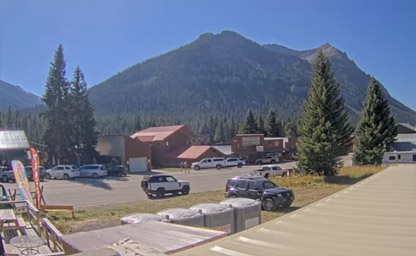
A unique mountain town located near the Northeast entrance of Yellowstone Park
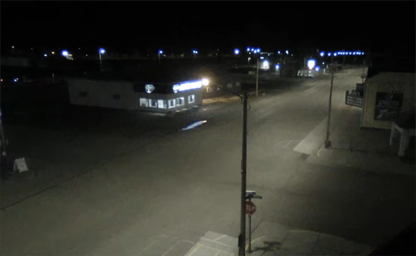
A city in and the county seat of Rosebud County
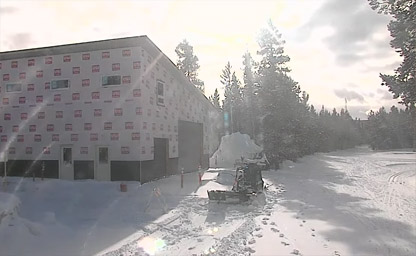
Easily accessible from the town of West Yellowstone
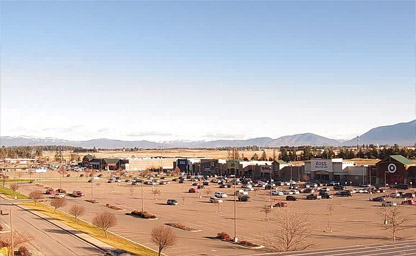
It’s a gateway to vast Glacier National Park
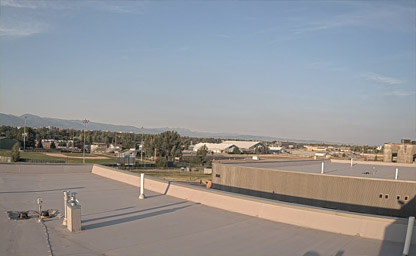
Situated in the U.S. states of Montana and Wyoming
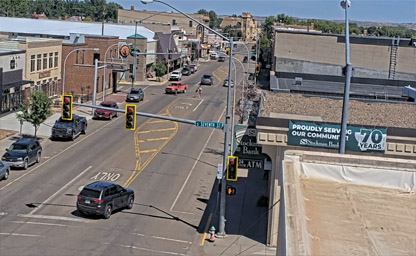
A city in and the county seat of Custer County
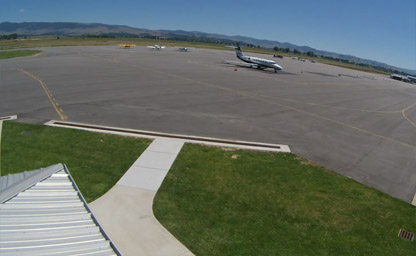
A city that serves as the county seat of Ravalli County
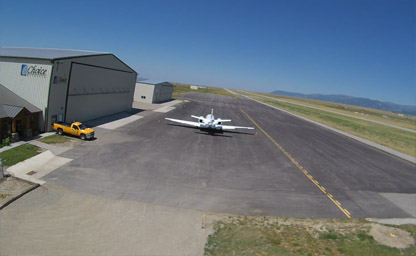
A town in Madison County, Montana
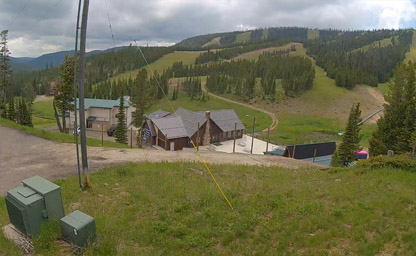
It is located in the center of Little Belt Mountains
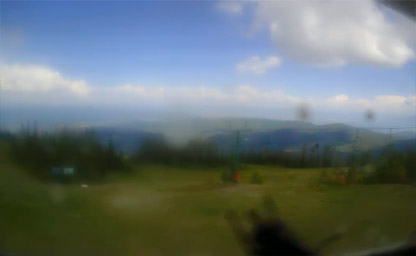
An unincorporated area and census-designated place in Flathead County
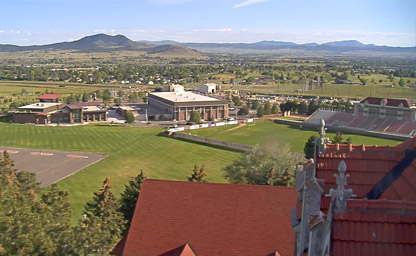
Located from Carroll College, spanning 63 acres near the mountains in Helena
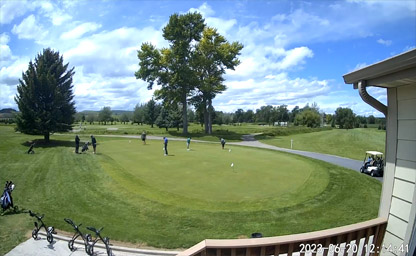
A city in southern Montana, in the Rocky Mountains
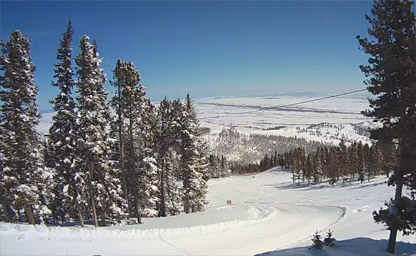
A beautiful city and county seat of Carbon County
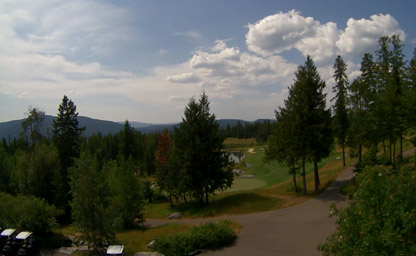
Located 15 minutes from Glacier Park International Airport
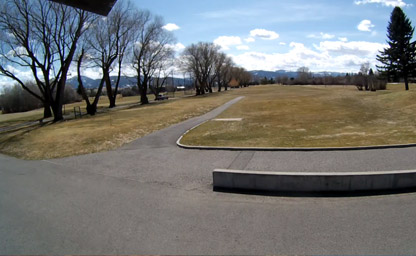
From the Valley View Golf Club, a private golf club nestled in the heart of Bozeman
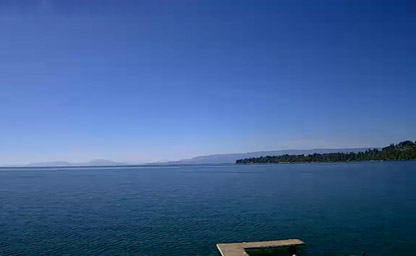
A census-designated place in Flathead County
Live views from Montana offer a breathtaking glimpse into the Big Sky State, renowned for its vast landscapes, rugged wilderness, and natural beauty. From the majestic peaks of the Rocky Mountains to the wide-open prairies, these webcams capture the essence of Montana in real-time.
Nature lovers will be captivated by live streams from iconic locations such as Glacier National Park, Yellowstone National Park, and the Beartooth Highway. These webcams showcase stunning mountain vistas, alpine lakes, and diverse wildlife, including bears, elk, and eagles.
Webcams in small towns and cities like Bozeman, Missoula, and Helena provide a closer look at Montana’s vibrant communities. Viewers can see historic downtown areas, cultural events, and the daily rhythm of life in these charming locales.
Outdoor enthusiasts can enjoy live feeds from popular recreational areas, such as ski resorts like Big Sky and Whitefish Mountain. These cameras offer updates on snow conditions and views of skiers and snowboarders enjoying Montana’s winter wonderland.
Seasonal changes add to the allure of Montana’s live feeds, with golden autumn foliage, snow-covered peaks in winter, lush green valleys in spring, and sunny summer skies. Every season offers a unique perspective of the state’s natural beauty.
Whether you’re planning an adventure, reminiscing about a visit, or simply exploring from afar, live feed views from Montana provide a captivating and immersive way to experience the state’s wild and unspoiled landscapes.
Montana, often referred to as the "Treasure State," holds a rich and fascinating history that reflects the spirit of the American West. Long before European settlers arrived, the region was inhabited by various Native American tribes, including the Crow, Blackfeet, Assiniboine, Salish, and Kootenai peoples. These tribes thrived in the region’s vast plains and rugged mountains, living off the land and engaging in trade, hunting, and cultural practices that are still celebrated today.
The arrival of European explorers in the early 19th century marked the beginning of significant changes for the region. The Lewis and Clark Expedition of 1804-1806 passed through present-day Montana, providing the first detailed accounts of the area’s geography, wildlife, and native cultures. Their journey along the Missouri River and over the Rocky Mountains was instrumental in mapping the western territories acquired in the Louisiana Purchase.
In the mid-19th century, Montana’s role in American expansion grew with the establishment of fur trading posts. Fort Benton, founded in 1846, became a major hub for trade and transportation along the Missouri River. As settlers moved westward, conflicts with Native American tribes became more frequent. The 1876 Battle of the Little Bighorn, also known as Custer’s Last Stand, was one of the most famous events in Montana’s history. The battle saw a coalition of Lakota, Northern Cheyenne, and Arapaho warriors defeat U.S. Army forces led by General George Armstrong Custer. Today, the Little Bighorn Battlefield National Monument serves as a powerful reminder of this pivotal moment.
The discovery of gold and other minerals in the 1860s spurred a rush of settlers to Montana, transforming it into a bustling frontier. Mining towns like Virginia City and Helena sprang up almost overnight, attracting fortune seekers from across the country. Montana became a territory in 1864 and achieved statehood on November 8, 1889, as the 41st state in the Union.
The late 19th and early 20th centuries brought further economic development, with the growth of the railroad industry and agriculture. The Northern Pacific Railway connected Montana to the rest of the nation, facilitating the transport of goods and people. Homesteaders arrived to farm the fertile plains, although many struggled with harsh winters and challenging conditions. Meanwhile, Montana’s vast rangelands supported a thriving cattle industry, contributing to its image as a quintessentially Western state.
In the 20th century, Montana’s identity continued to evolve. The state played a significant role in the development of the national park system, with the establishment of Glacier National Park in 1910. World War II and subsequent industrial growth further shaped Montana’s economy, particularly through mining and energy production. Despite these advancements, the state remained deeply connected to its natural beauty and outdoor heritage.
Today, Montana is celebrated for its rich history, cultural diversity, and unspoiled landscapes. From historic sites like Bannack State Park to the vibrant communities of Native American tribes, Montana offers a window into the past while embracing a future centered on preservation and exploration.
Montana’s climate is as diverse as its landscapes, ranging from the harsh conditions of the Rocky Mountains to the milder, semi-arid climate of the eastern plains. Overall, the state experiences a continental climate with distinct seasons, making it an ideal destination for those who appreciate seasonal variety.
Winters in Montana are cold and snowy, particularly in the western and mountainous regions. Average temperatures can drop below freezing, with January highs ranging from the 20s to 30s Fahrenheit. Snowfall is common and heavy, especially in areas like Glacier National Park and the Bitterroot Range. Skiing, snowboarding, and snowmobiling are popular winter activities, drawing outdoor enthusiasts to destinations like Big Sky Resort and Whitefish Mountain Resort.
Spring in Montana is a time of transition, with warming temperatures and the gradual melting of snow. Average highs range from the 40s to 60s Fahrenheit, depending on the region. Spring also brings an increase in precipitation, with rain showers rejuvenating the state’s rivers and valleys. This season is a great time to witness the blooming wildflowers and lush greenery that blanket the landscape.
Summers in Montana are warm and relatively dry, with average highs in the 70s and 80s Fahrenheit. The eastern plains tend to be hotter, while the higher elevations remain cooler and more comfortable. Summer is the peak season for outdoor recreation, including hiking, fishing, camping, and exploring national parks. Long daylight hours allow for extended adventures, and clear skies offer breathtaking views of Montana’s starry nights.
Autumn is a spectacular time in Montana, characterized by cooler temperatures and vibrant fall foliage. The changing colors of aspen, cottonwood, and larch trees create stunning landscapes, particularly in regions like the Flathead Valley and the Gallatin Range. Average temperatures range from the 50s to 70s Fahrenheit, making it a pleasant season for hiking, photography, and enjoying local harvest festivals.
Despite its beauty, Montana’s climate can be unpredictable, with sudden changes in temperature and weather conditions. Thunderstorms, strong winds, and even early snowfalls can occur, so visitors should be prepared for a variety of conditions, particularly in the mountains.
Montana is the fourth-largest state in the United States, covering approximately 147,040 square miles, and its geography is as varied as it is vast. The state is often divided into two main regions: the western mountainous area and the eastern plains.
Western Montana is dominated by the Rocky Mountains, a rugged and majestic region filled with towering peaks, deep valleys, and pristine lakes. Glacier National Park, often called the "Crown of the Continent," is a jewel of this region, featuring dramatic landscapes, over 700 miles of hiking trails, and abundant wildlife. The Continental Divide runs through western Montana, influencing the flow of rivers and weather patterns.
The eastern part of the state transitions into rolling plains and badlands, part of the larger Great Plains that extend across the Midwest. This area is characterized by open prairies, gentle hills, and expansive skies. The Missouri River, one of the longest rivers in North America, winds through this region, shaping its geography and supporting agriculture. The Yellowstone River, the longest undammed river in the United States, also flows through Montana, adding to its rich hydrological features.
Montana is home to numerous unique geological formations, including the Beartooth Plateau, one of the highest plateaus in North America, and the Lewis and Clark Caverns, an extensive limestone cave system. The state’s diverse ecosystems support a wide range of plant and animal life, from grizzly bears and bison to wildflowers and native grasses.
The state’s cities and towns, such as Missoula, Bozeman, Billings, and Helena, are nestled within these stunning landscapes. Each offers a unique blend of cultural attractions, historical landmarks, and access to outdoor adventures. Helena, the state capital, is a historic city that grew from the gold rush era and boasts a charming downtown area with preserved Victorian architecture.
When visiting Montana, don’t miss the opportunity to take a scenic drive along the Going-to-the-Sun Road in Glacier National Park. This iconic route offers unparalleled views of the park’s rugged peaks, glacial valleys, and alpine meadows, making it a must-see for any nature lover.
An interesting fact about Montana is that it has the largest migratory elk herd in the United States and more grizzly bears than any other state in the lower 48. This abundance of wildlife makes Montana a paradise for animal enthusiasts and photographers seeking encounters with nature at its most awe-inspiring.